Callaway Chrome Soft X Triple Track
Callaway’s evolution of the original Chrome Soft golf ball is a lower-spinning, longer flying ball – the Chrome Soft X. Like the Chrome Soft, the Chrome Soft X is designed to be longer off your longer clubs and more controllable as you work through your shorter clubs. The Callaway Chrome Soft X is also available with Callaway’s new alignment feature called “Triple Track.”
How Does it Feel?
Though Chrome Soft is in its name, the Callaway Chrome Soft X feels much different than its predecessor. (Of course, feel is considered fairly subjective so let’s take that into consideration here.) What I do think is similar is that the feel is progressive as you work through your clubs. The Chrome Soft X feels firm off of your woods and hybrids but softer as you work down through your wedges and putter. There is a little more click to the Chrome Soft X when compared to the standard Chrome Soft whether it’s a driver or a putter. That said, the feel is responsive and very playable. Putts feel firm and active off of the face whereas the standard Chrome Soft is a little more muted.
Off the Tee
Off the tee is where I feel the Callaway Chrome Soft X thrives. Callaway used a new “Graphene-infused Dual Soft Fast Core with a new, larger inner core that maximizes compression energy while minimizing driver-spin and promoting high launch for long distance.” True to its claim, the Chrome Soft X got in the air pretty easily but kept spin down and had good speed. This meant some good distance and a few bombs that even impressed Jon. I also found the Chrome Soft X kept its speed up a bit more on mishits which meant a few extra yards when I didn’t always deserve them. I’ll take that any day of the week – especially from clubs like a hybrid or fairway wood.
What I really appreciated was how well the Chrome Soft X managed its way through the wind. This doesn’t mean wind won’t affect your distance at all, but the Chrome Soft X didn’t get squirrely and was easy to control in the wind. My tee shots were more piercing through the air which not only helped my total distance but also my accuracy. More importantly, it kept me out of a few trees as well!
On the Approach
Approach shots are where I first started to notice a bigger difference with the Callaway Chrome Soft X. Like the tee shots, the firmness and power of the ball was noticeable. With longer irons, the ball pierced the air and shot control was tight. With shorter irons, the ball was still firm and controllable. The difference is, while I get good compression on a golf ball for the average amateur, there are a lot of players stronger and faster than me that will compress this ball more and really get it to bite. Those players that compress the ball more will have the most success into the greens with the Chrome Soft X. Of course, I’m personally willing to sacrifice some bite on the ball for better control through the air with my middle irons so the Chrome Soft X is still a good option for me.
Around the Green
Much like my comments from the “Approach” section, the Callaway Chrome Soft X was a touch firmer around and on the greens compared to the regular Chrome Soft. Keep in mind, the Chrome Soft X still has a relatively soft feel compared to other balls in its category. Given that the Chrome Soft X has a slightly firmer core, Callaway used a “Tour Urethane Cover” that feels softer off the face of a putter or wedge. This softer cover helps you feel like you can still control the golf ball on touch shots and not have it pop off the face like a rock. Again, similar to the Approach section, better players who are good at spinning the ball won’t have a problem getting the Chrome Soft X to check. Hell, even I got a few little pitches to hop and stop near(-ish) to the pin!
Triple Track
New to the Callaway Chrome Soft balls this season is Triple Track alignment technology. Triple Track Technology consists of three lines – blue/red/blue – on the axis of the ball to further enhance the visibility of your target line. This concept is called “Vernier Visual Acuity” and it helps you line your ball up much more accurately than a side stamp or basic line on the side of your ball. From an alignment perspective, the Triple Track does make your target line very clear. It also makes it immediately apparent when you mishit a putt and don’t have a clean rotation on the ball. While a small addition, Triple Track is very practical and helpful in rolling in more putts.
Final Thoughts
I find the Callaway Chrome Soft X to be a great option for the player looking for less spin and a little firmer feel in their golf ball than the standard Chrome Soft. The Chrome Soft X has a lot of pop off the tee and is killer in the wind. From approach through the green, the Chrome Soft X is very playable but players who really compress the ball will see the most benefit in that area. That said, there is a benefit for the mere mortals like myself, but you will have to test the ball to see how well you get along with it. Triple Track Technology adds a nice little bonus further adding to the versatility of the Chrome Soft X from tee to green.

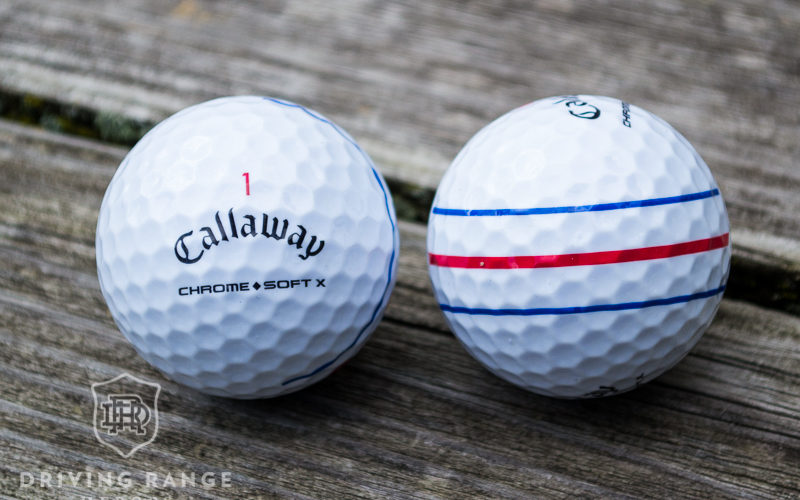

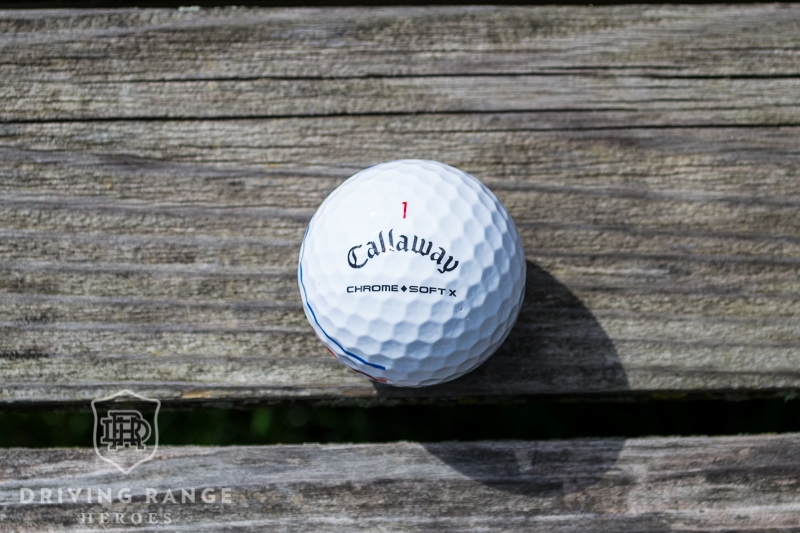






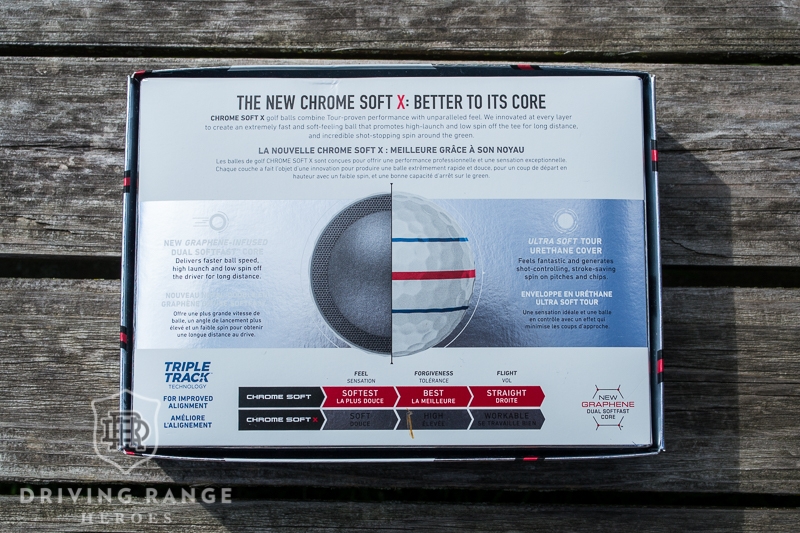


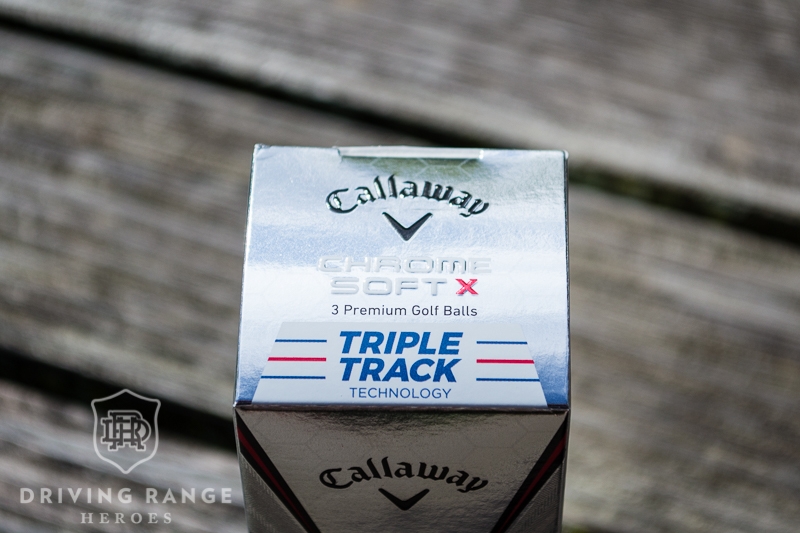
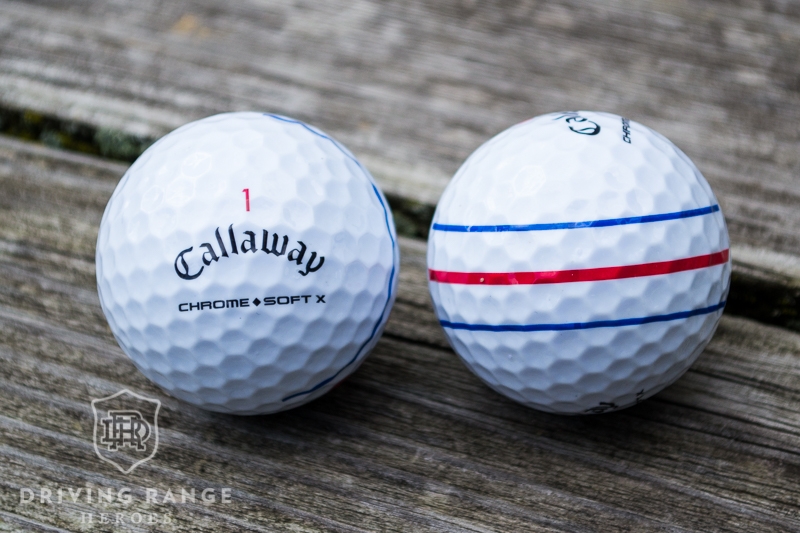
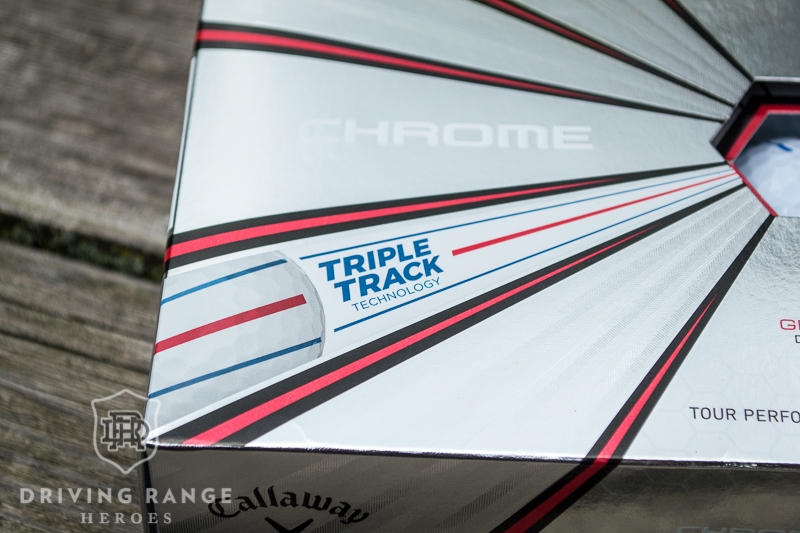




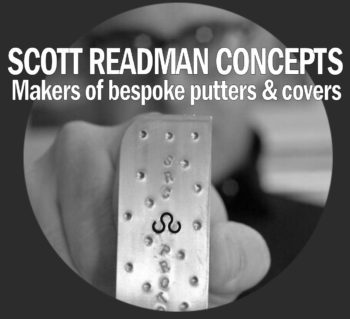











This is an ok review…..but as most of the reviews I’ve read regarding the “Triple Track” there is no mention of the original intent of the line(s) circumventing a ball….in case one forgets, remember when the concept first came about, that the line was first drawn onto the ball (after finding the spin axis on a little machine) to allow the golfer to putt the ball on a track that afforded the truist roll without the ball wavering/wobbling from it’s intended path (assuming a perfectly flat lie)….instead the Triple Track theme of the Chrome X ball is stated such that the lines afford better alignment to the target…???….in my opinion that has less to do with whether that putt will track on it’s intended path as opposed to whether the putter face contacts perfectly square to the intended target line….not sure if this is just a red-herring or an oversight of the original purpose of the line drawn on a golf ball. I suggesta really comprehensive review would address this aspect…..thanks
Ken (Dogleg54)
I guess I am “in case one forgets” then…
Sounds like a good opportunity to fire up a site and knock out that review based on the history of drawing lines on the ball.